Are you familiar with the term, “Winter Blues?” Turns out, there’s actually a name for this. It’s called Seasonal Affective Disorder (or SAD for short), and it affects millions of people each year. In the United States, it affects about 5% of the population; with symptoms lasting for about 40% of the year.(1)
SAD typically occurs in the winter months and shows up as what are commonly associated with symptoms of depression. This is often treated with light therapy, which can be effective to a degree depending on the individual. However, when we take a step back and look at the person’s symptoms and the underlying bio-chemical considerations, there are a few more dynamics that are actually at play here, and a handful of things that we can do to treat it.
If this sounds like something you have or are currently experiencing, do not fear. Truly. Your symptoms may actually be your body’s way of signaling to you that it may be in need of some critical nutrients. By addressing these symptoms and reversing Seasonal Affective Disorder you may potentially be preventing countless health issues down the road.
The name: SAD is a great example of a diagnosis that is given to a bunch of symptoms, and there are health experts on both sides: some agree with the title of SAD and others do not think that it’s an effective “diagnosis,” as it primarily has to do with an individual’s symptoms given specific times of the year. Whether you agree with the title of SAD or not, there are a few very simple, and effective, things that you can do to ease those winter blues and return to your vibrant self! No need to worry about names or titles, just worry about feeling fantastic!(2)
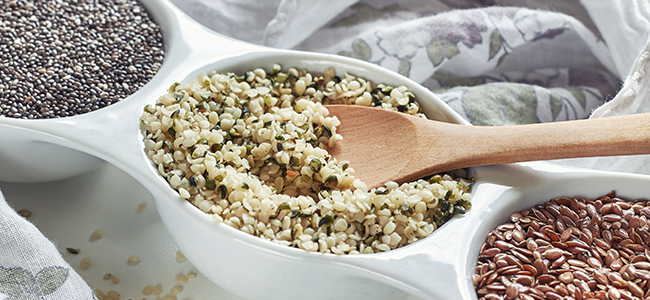
Causes
While it varies among individuals, there are a variety of different mechanisms at play with Seasonal Affective Disorder. It is no surprise that it most commonly occurs in the winter months, as insufficient or sub-optimal vitamin D is a common cause, due to the sun being so far away in the sky. Because of the decrease in hours of sunlight and changes in our biological clock during the winter months, many people’s bodies produce less serotonin, which is a key neurotransmitter in regulating a happy mood. A major life event can be another contributor, along with a lack of exercise and what many call “winter hibernation,” or a lack of community and social joy.(3)
Symptoms
If you are experiencing SAD and would like to ease your mind, perhaps think of it like this: Seasonal Affective Disorder is a name for a bunch of symptoms; and you have it in your power to address these symptoms by discovering what your body is craving in order for it to thrive.
Symptoms of SAD typically appear in the late fall or early winter and often disappear when those sunny days of spring and summer arrive. Sometimes they pop up for a short amount of time in months other than winter. These can include:
- Feeling depressed
- Anxiety
- Fatigue or low energy
- Trouble focusing
- Loss of joy and sense of fulfillment
- Trouble with sleep
- Changes in appetite or weight
- Craving carbohydrate-rich foods
- Oversleeping
- Loss of purpose
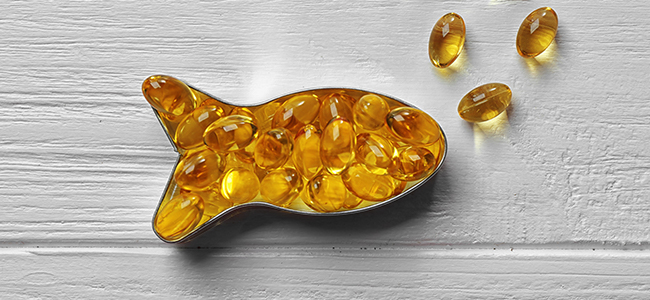
Treatment
Nutritional Guidelines For Healing
- Include foods high in Omega-3’s to your daily diet: omega-3’s are critical to nourishing your brain. Our brains can’t thrive without adequate amounts of these essential fatty acids. Remember, about 60% of your brain is made up of fat – that’s quite a bit! Omega-3’s will also help your body to maintain optimal levels of serotonin and dopamine, the neurotransmitters critical for your “feel good” mood. Plus, most of your body’s serotonin is made in your gut, so by adding in anti-inflammatory foods such as omega-3’s we are helping to maintain a happy gut, thus producing more serotonin. Happy guts lead to happy minds!
Some great examples of Omega-3 rich foods include:
Wild caught salmon
Other wild caught fish
Walnuts
Flaxseeds
Chia seeds - Ensure you’re getting adequate protein: include salmon or other wild caught fish, organic eggs, organic turkey, nuts (especially cashews) and seeds in your diet. These foods are high in the amino acid, L-tryptophan. This is the precursor to serotonin, which like we discussed is our “happy” or “feel good” neurotransmitter. To ensure we are creating adequate serotonin we need to have enough L-tryptophan. Something like salmon is wonderful, because it contains plenty of Omega-3’s AND protein, resulting in L-tryptophan, thus serotonin. Pretty cool putting the puzzle pieces together, isn’t it!?
- Drink Up! This may sound simple, but it often gets overlooked. Since our brains are 70% water, dehydration can significantly impact our brain function – and rather quickly. It actually slows down our body’s messaging system and can leave us feeling very tired and “meh.” Try enjoying a glass of water first thing every morning upon rising to get your body flowing (Here’s a great article about the benefits of adding lemon to your water!) Aim to carry a water bottle with you throughout the day and set tiny goals. Get your coworkers in on it too – having that accountability can make reaching your goals much more fun (and make work more fun too!).(4)
- Sip Herbal Tea: Switching your nightly glass of wine out for herbal tea is a beautiful way to help ease your mind. Herbal teas like passionflower, chamomile and lemon balm are very effective at calming the mind. Sometimes we just want something to enjoy at night, too, and herbal tea is a great way to avoid late night snacking or drinking alcohol – plus it’s helping your body. Win – win!
Herbal, Superfood & Supplement Therapy
- Vitamin D3: This is especially important living in places like Boston, MA or other cooler climates. September through May most New Englanders, for example, simply aren’t absorbing Vitamin D through the sun. Our bodies are designed to get the majority of Vitamin D (which is actually a hormone) from the sun. Even when we get sun burned skiing up in Vermont, we still aren’t absorbing the vitamin D. The sun is simply too far away. It is recommended for most people to take at least 2000 IU/day this time of year. However, it is important to get your Vitamin D levels checked. Some people need as much as 5000 or 10,000 IU per day in order to provide a healing level. Make it a priority to see your doctor and get your levels measured! This just may be one of the missing links to many of your health struggles.(5)
- Essential Fatty Acids: If you can’t tell by now, we love our fat! Take 1,000 – 4,000 of a high quality fish oil each day or a supplement high in essential fatty acids. Our bodies can’t make these internally so it is critical that we get them through foods or supplements. In my practice, I often find that most people are not getting enough of these through food and need to supplement.(6)
- St. Johns Wort: Taking 300 mg, three times per day of St. Johns Wort is a wonderful way to help balance chemicals in the brain. This can enhance mood as well as symptoms of anxiety, poor sleep and sluggishness. Be sure you choose the formula that contains 0.3% hypercin and check with your doctor before self-prescribing. This is especially important if you are taking any medications.(7)
Mind/Body
- Mindfulness Meditation: Practice deep breathing and intention setting. Starting the day with a 5-minute practice of : Downdog for 15 seconds followed by 45 seconds of child's pose is a wonderful way to ease into practicing more mindfulness and starting your day with a positive intention.
- Enjoy the Sun: Spend 15 minutes daily in the sun in the mid morning or late afternoon. This is how our bodies are designed to get our vitamin D, naturally, so if the weather and your climate allow it, spend time outdoors! Getting outside is not only beneficial for absorbing Vitamin D, but has an endless number of other wonderful health benefits.
- Exercise: Exercising 3 times per week is proven to help ease symptoms of depression.(8) It helps us to up those “feel good” chemicals, such as endorphins and dopamine. What is the best type of exercise to do for this? While exercises like High Intensity Interval Training (or HIIT) workouts are highly recommended, truly the best exercise that you can do is: The exercise that you enjoy doing, that you will continue with long term.
- Get Back Out In The World: People often joke about winter “hibernation” but it actually is a thing! Let’s challenge that. Get out more often. Find something you love that excites you to leave the couch (and not just for happy hour). Perhaps join a bowling league, a book club, dancing studio, etc. Mix it up. Don’t let any age hold you back. Find something that sets your soul on fire and enjoy every moment!

Programs
Ready to make a change but not sure where to start? Take your pick from a range of inspiring programs tailored to your specific goals. Our guided programs include everything from meal plans, guided meditations, sleep, cleansing and more. They'll support and empower you to improve your health and be the best you can be!
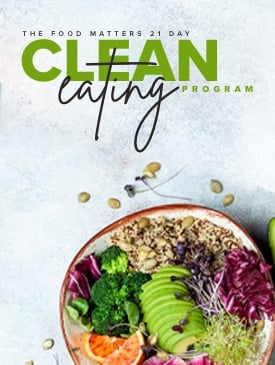
Food Matters 21 Day Clean Eating Program
This is a great program if you want to transition to a healthier lifestyle but are not sure where to start. This wholefood program is filled with delicious recipes that are so quick, easy & affordable that anyone can do it!
Find Out MoreResources
At Food Matters we believe that education is an essential aspect to any healing process. The more we know, the more we are empowered to make change and understand how to decode the messages our bodies are telling us. Here are some suggested resources for you to check out to support you on this journey.
Films

Food Matters
You Are What You Eat
Food Matters is a hard-hitting, fast-paced look at our current state of health. Despite the billions of dollars of funding and research into new, so-called cures, we continue to suffer from a raft of chronic ills and everyday maladies. Patching up an over-toxic and over-indulgent population with a host of toxic therapies and nutrient-sparse foods is definitely not helping the situation.
Read MoreReferences
1. Am Fam Physician. 2012 Dec 1;86(11):1037-41.
2. Eur Rev Med Pharmacol Sci. 2013 Jan;17(1):49-55.
3. Eur Rev Med Pharmacol Sci. 2013 Jan;17(1):49-55.
4. J Am Coll Nutr. 2012 Apr;31(2):71-8.
5. Vitamin D Council: Depression
6. Neurobehavioral Aspects of Omega-3 Fatty Acids
7. Cochrane Database Syst Rev. 2008 Oct 8;(4):CD000448. doi: 10.1002/14651858.CD000448.pub3.
8. Prim Care Companion J Clin Psychiatry. 2004; 6(3): 104–111.
This article is provided for your general information only and is not intended to be a substitute for independent professional advice, particularly medical advice, diagnosis or treatment. You should always seek medical advice from a qualified health practitioner which takes into account your personal circumstances, general health and medical conditions.







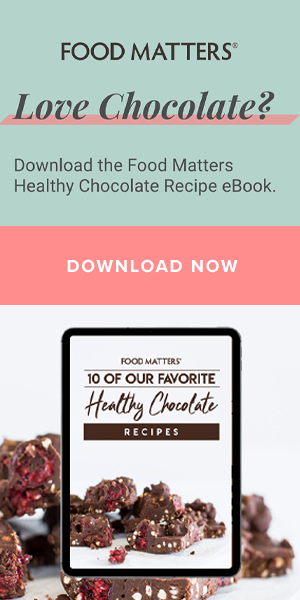
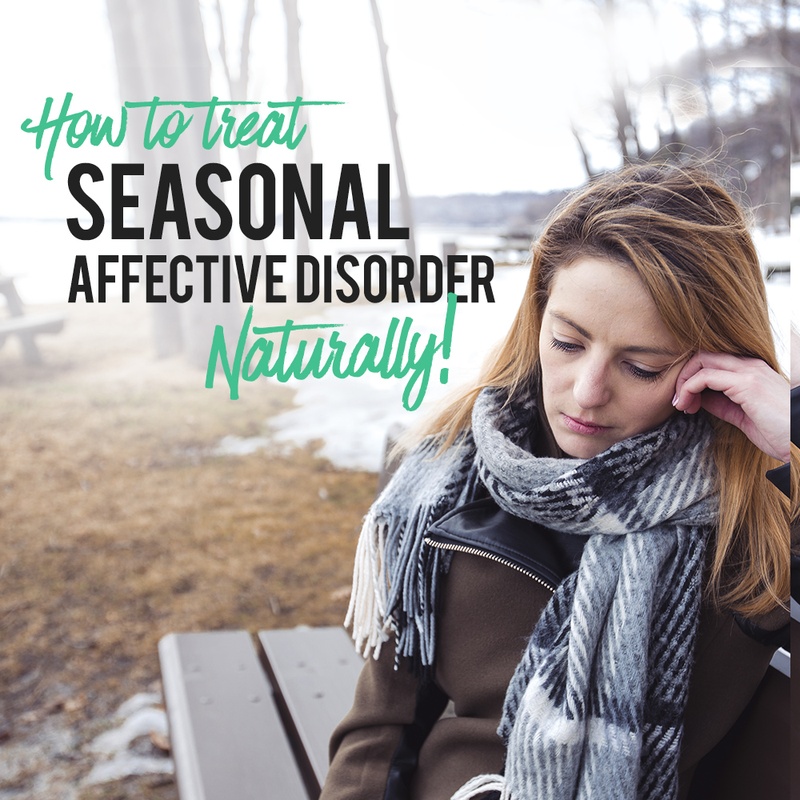


Was this article helpful?
Comment below to let us know!